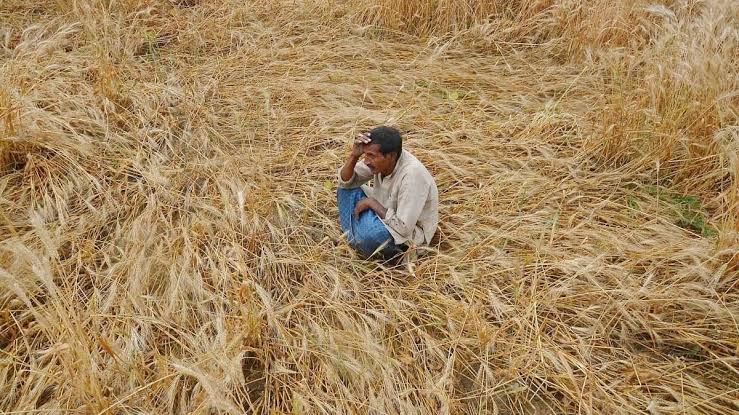The narrative surrounding the agricultural reforms in India, particularly in Punjab, paints a complex picture of progress, protest, and unintended consequences. Not long ago, the Modi government introduced three farm laws aimed at deregulating the agricultural sector, allowing farmers to sell their produce outside the traditional state-run markets (APMCs) and engage directly with private buyers. This was envisioned as a leap towards modernizing India’s agriculture, promising farmers more freedom and better prices through market competition.
However, these laws met with fierce opposition, primarily from the farmers of Punjab and Haryana, leading to one of the most prolonged protests in recent Indian history. The protesters feared these laws would dismantle the Minimum Support Price (MSP) system, leaving them at the mercy of corporate giants without adequate protection against market volatility. Their protests culminated in the government’s decision to repeal the laws in late 2021, a move seen by many as a victory for farmer solidarity.
Fast forward to today, and the scenario unfolding in Punjab might seem ironic to some. Posts on X and various reports suggest that farmers are now suffering from the very issues they feared would arise from the farm laws, but ironically, these issues persist or have worsened due to the laws’ repeal. Farmers are reportedly throwing away grains, unable to get fair prices, as middlemen continue to dominate the trade, benefiting at the expense of the agriculturists.
The core of the current distress lies in the market dynamics post-repeal. Without the laws that proposed to give them access to wider markets, farmers are back to dealing primarily within the APMC system, which they initially protected but now find stifling. Herein lies the paradox: the system preserved by the repeal isn’t serving them as expected. The absence of competition has not led to better price assurance but rather seems to have entrenched the power of intermediaries.
This situation underscores a broader dilemma in policy-making: the gap between intended outcomes and actual impacts. The farm laws, aimed at reducing the very issues Punjab’s farmers face today—low prices, market access, and the domination of middlemen. The rollback, while a response to democratic protest, might have inadvertently delayed a necessary, albeit painful, transition in Indian agriculture.
The suffering of Punjab’s farmers post-repeal invites a nuanced discussion on agricultural reforms. It isn’t merely about preserving old systems or wholly embracing new ones but finding a balanced approach. Perhaps what’s needed is a reformed version of the laws, one that incorporates farmer inputs, ensures MSP as a legal right, but also gradually opens the market to prevent monopolistic practices by any party, be it government or corporate.
The current plight also highlights the need for farmers to keep political opportunists away from their matters. The farm laws had been introduced with inclusive debates including opposition parties, but these very parties hijacked the Farmers protests movement to fuel a trust deficit between farmers and the Government. However now, as farmers continue to suffer, there’s an urgent call for policies, ensuring that the voices from the fields of Punjab are not just heard but are instrumental in shaping the future of Indian agriculture.
This episode in India’s agricultural saga serves as a reminder that in the quest for reform, the path is rarely straightforward, and the journey towards a solution might require revisiting and revising the very reforms once rejected, but this time, with a more collaborative spirit.



